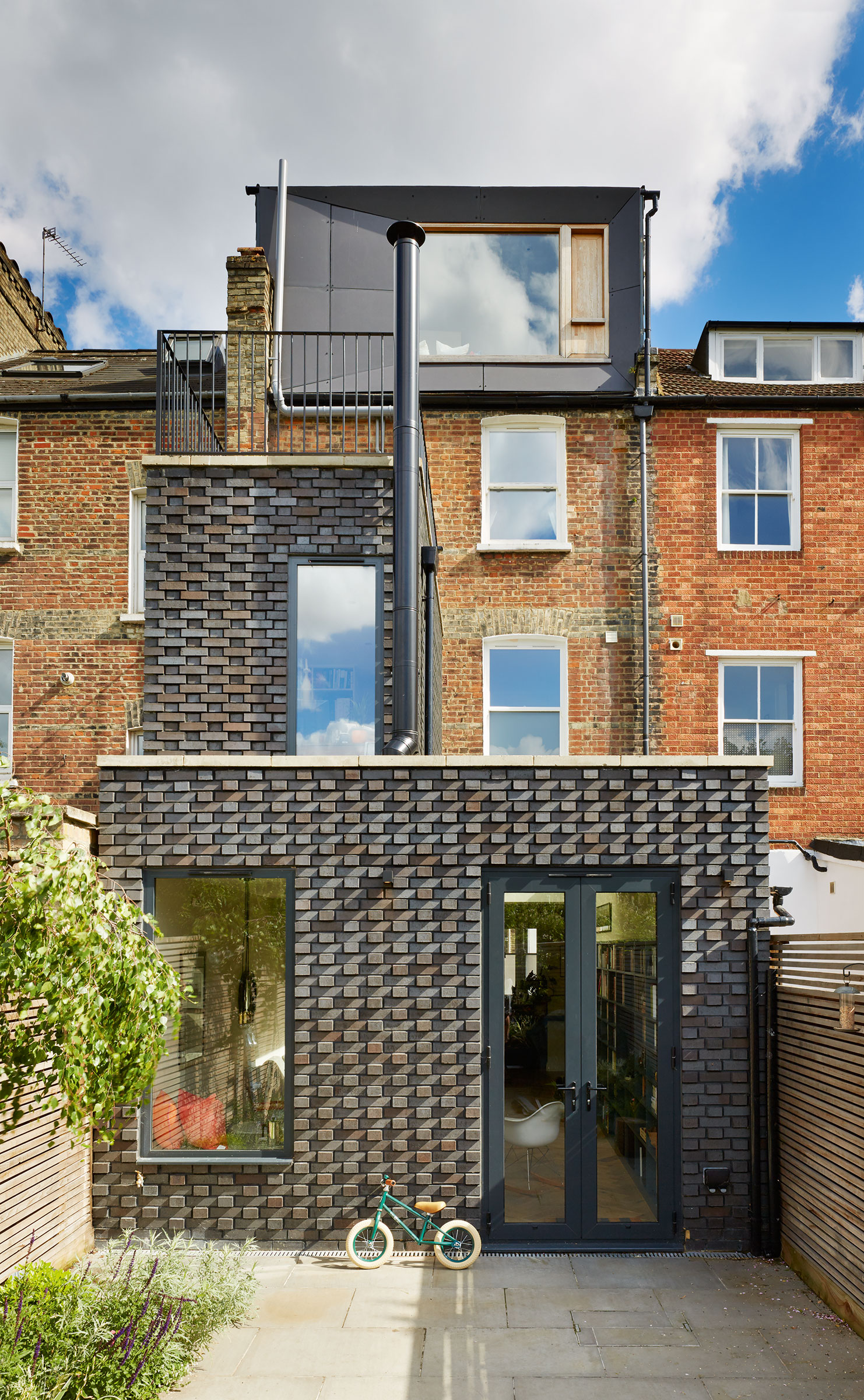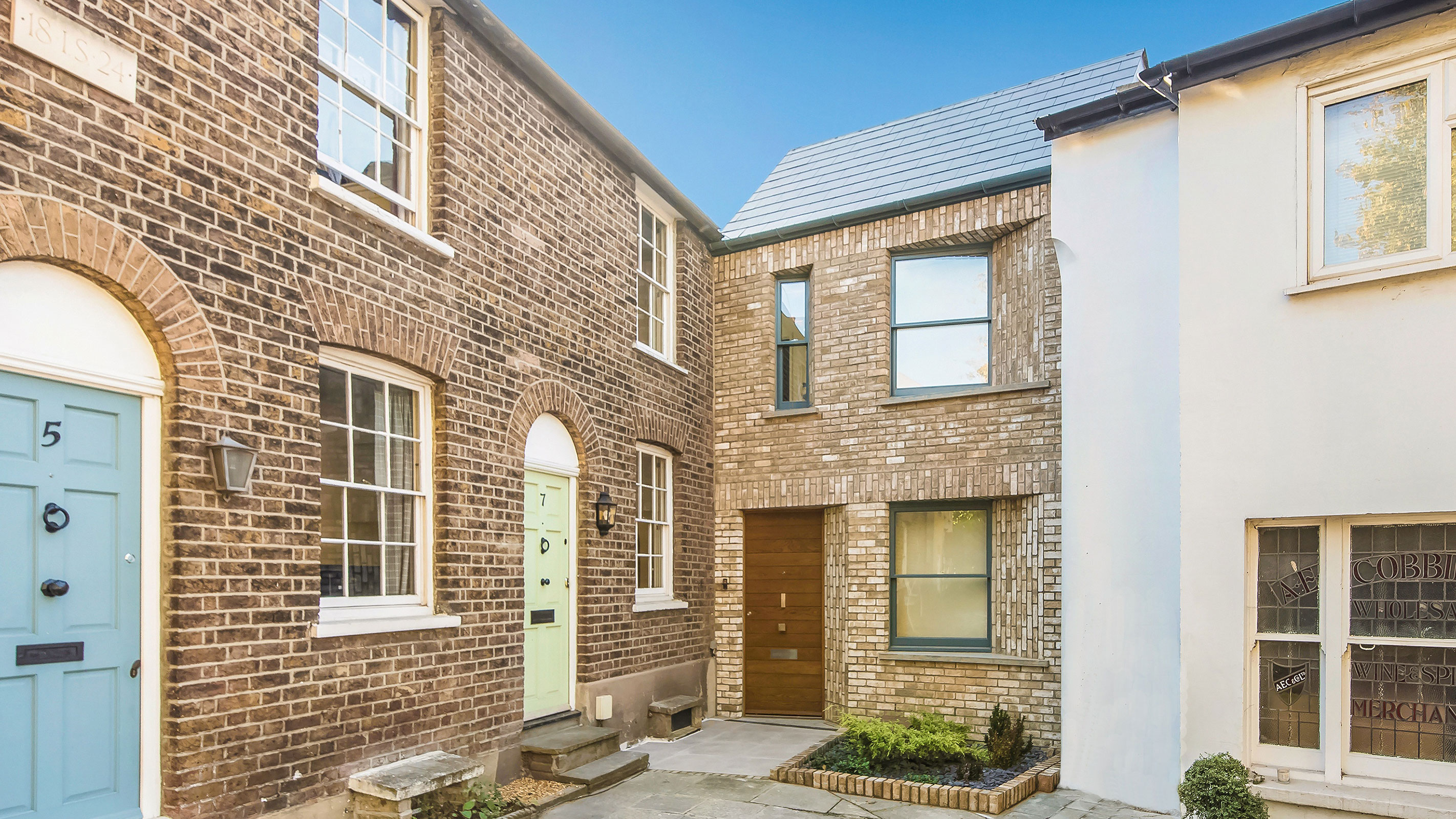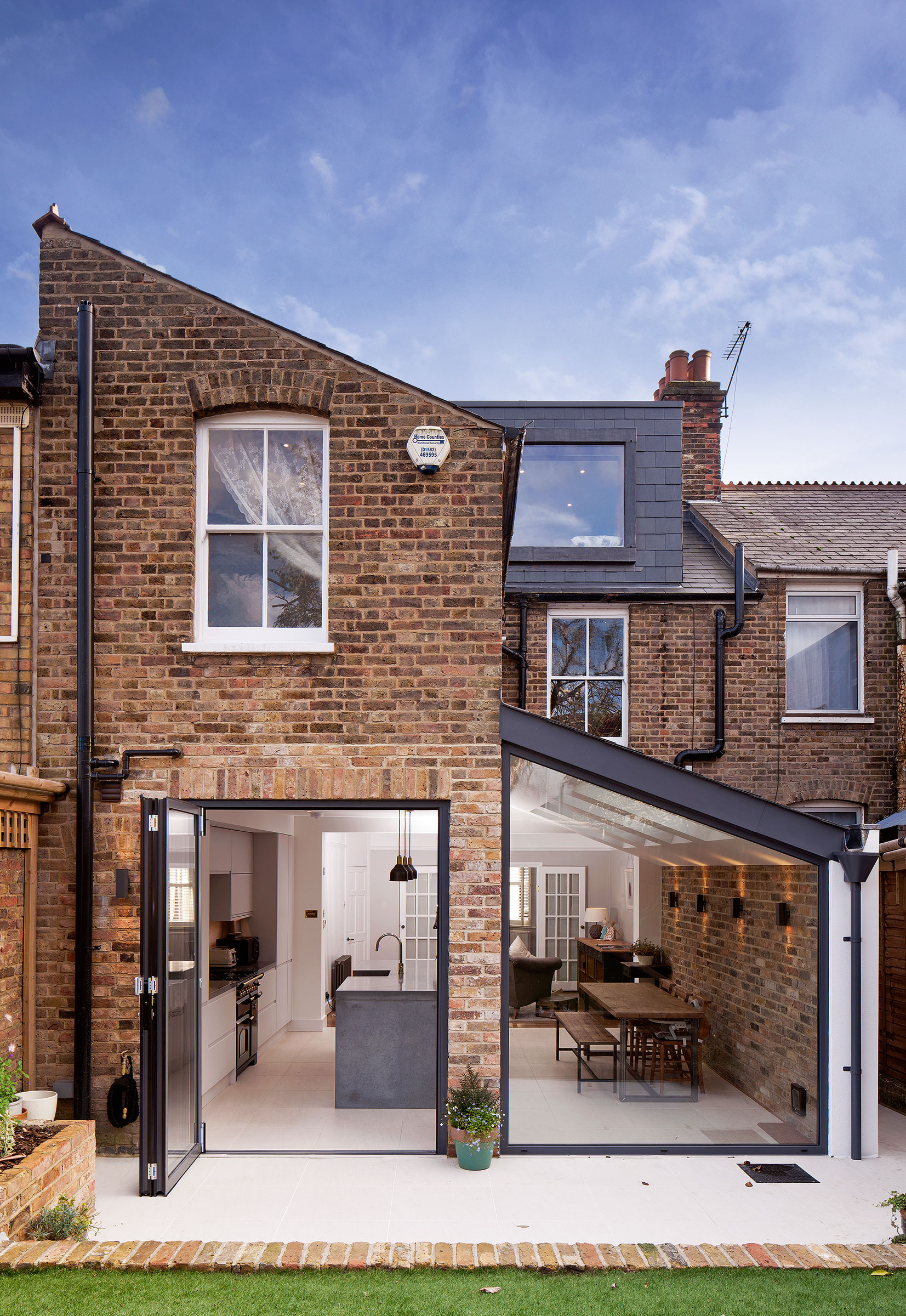What is a 'right to light' and what does it mean for your extension or self-build project?
When it comes to the 'right to light', do you understand what the rules and regs surrounding it are? We take a look at what this easement could mean for you — good and bad

You may have heard the term 'right to light' and feel a little unsure of whether it is something that will affect your future plans for your home or garden — or even whether you have a case to lodge a complaint against a neighbour.
In the world of planning permission and building regulations it can be extremely confusing to fully understand which parts might apply to you, but if you are planning any kind of project, be that an extension, self-build or loft conversion, it really will pay to get up to speed on all the minutiae that could possible affect it.
Here, we take a look at the 'right to light' and get a legal expert's view on what you should be aware of.
What is the right to light?
"Rights of light (or a right to light) is a legal easement giving a property owner the right to enjoy the light passing over somebody else’s land and through ‘defined apertures’," explains solicitor Mike Hansom of BLB Solicitors, who specialises in property disputes. "It’s important to remember that rights of light is not a right to direct sunlight. Rather, it entitles the beneficiary to a minimum level of natural illumination, not the sun’s direct rays."

Since qualifying as a solicitor in 2005, Mike has specialised in property disputes and now heads the team at BLB Solicitors. His experience encompasses the full spectrum of property disputes work

Could my extension plans be affected by the right to light?
Those planning on altering their existing home, carrying out a terrace house extension or similar, or anyone planning on replacing an existing property with a new self-build may well have concerns over whether they should be concerned by any right to light disputes, so just what are the rules?
"Typically, 'defined apertures' are windows. So, suppose a new development (including a residential home extension) diminishes the light through that aperture to such an extent that it causes a nuisance," says Mike Hansom. "In that case, the property owner may have the right to take legal action."
Do all properties come with a right to light?
Not at all. The right does not apply to all buildings. "The most common way a property acquires rights of light is through ‘prescription‘," clarifies Mike. "Generally, any property having uninterrupted enjoyment of light for more than 20 years acquires rights to light.
"But that can be defeated if, before the expiry of 20 years, the light is obstructed for one year continuously."
Could I face legal action if I obstruct my neighbour's light?
Although very few people would actually go out of their way to block light from entering the homes of those surrounding them, they do not have to: "The Rights of Light Act 1959 provides a notional obstruction mechanism. This is achieved by serving a notice on the property owner and registering a local land charge which will appear on a local search," explains Mike. "This might be an option if you are thinking of building an extension and are concerned your neighbours could acquire a right of light across your land."
It does pay to be aware of when and how you might be in danger of anyone taking legal action against you — a little like when it comes to the Party Wall Act.
But just what kind of trouble could you face if your neighbours take umbrage with any alterations you make that affects their light levels?
"If legal action over rights of light is successful, two remedies are available to the court — damages and/or an injunction," says Mike. "The first involves awarding a sum of money to compensate for the loss. The second may require demolishing some or all of the new development unless some other structural change(s) can remedy the problem. That will inevitably prove very expensive."

Will my extension breach anyone's right to light?
The very first steps you should take to avoid upsetting any neighbours or end up facing a legal battle is simply to open the lines of communication with anyone who might be affected by your proposed work. Show neighbours your plans and be open to compromise.
Of course things are not always that simple. It is wise to consult with local planning authorities about your plans as they may be able to advise you.
"The 45 degree rule, also known as the 45 degree code or 45 degree guide, is a method used by local planning authorities to measure the impact of a proposed development on light to neighbouring properties," says Mike.
Additionally, it makes sense, if you are in any way unsure over whether your project is likely to result in a right to light dispute, to consult with a surveyor on the matter.
"Surveyors have sophisticated computer software that uses mathematical calculations to assess whether and to what extent a proposed development will affect light to neighbouring properties," continues Mike.
And, finally, if you are seriously concerned, you might like to consider taking out 'right to light insurance.' This is generally an unusual (and costly) step for homeowners and something more suited to developers, however.

Is there a right to light for gardens?
Despite what some people are led to believe, homeowners actually have no legal right to light in their outside spaces — unless their property deeds specifically state otherwise.
"Also, your deeds may contain mutually enforceable covenants restricting both you and your neighbour from planting trees or high hedges," points out Mike.
"And even if there are no such restrictive covenants to protect you, there may be a statutory remedy through the local authority under the Anti-Social Behaviour Act 2003 and the High Hedges Regulations 2005."
Get the Homebuilding & Renovating Newsletter
Bring your dream home to life with expert advice, how to guides and design inspiration. Sign up for our newsletter and get two free tickets to a Homebuilding & Renovating Show near you.
Natasha was Homebuilding & Renovating’s Associate Content Editor and was a member of the Homebuilding team for over two decades. In her role on Homebuilding & Renovating she imparted her knowledge on a wide range of renovation topics, from window condensation to renovating bathrooms, to removing walls and adding an extension. She continues to write for Homebuilding on these topics, and more. An experienced journalist and renovation expert, she also writes for a number of other homes titles, including Homes & Gardens and Ideal Homes. Over the years Natasha has renovated and carried out a side extension to a Victorian terrace. She is currently living in the rural Edwardian cottage she renovated and extended on a largely DIY basis, living on site for the duration of the project.

